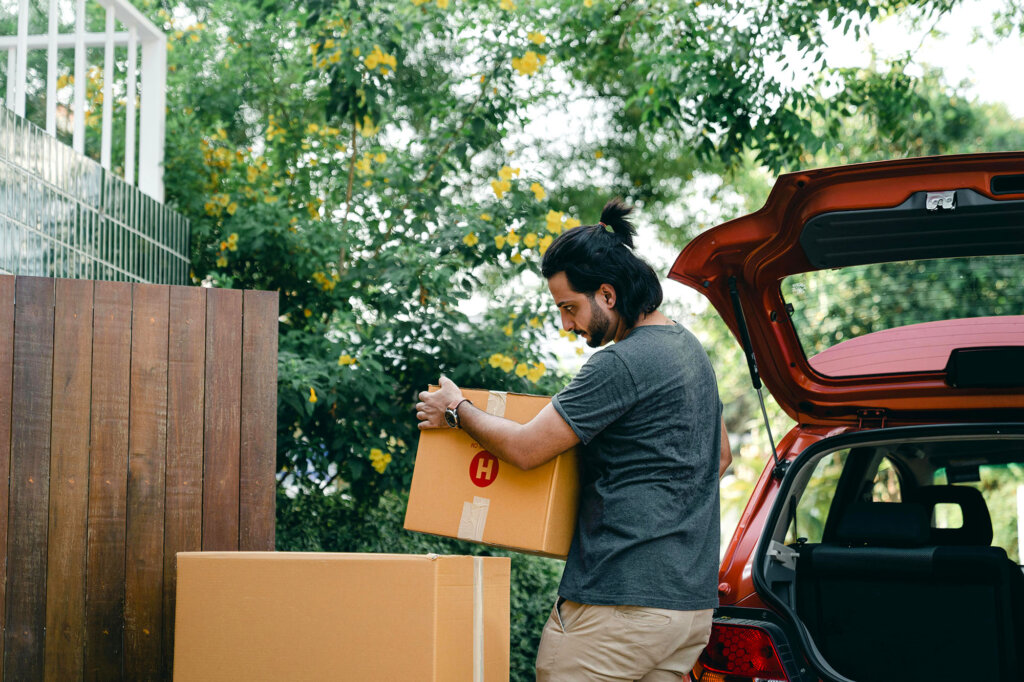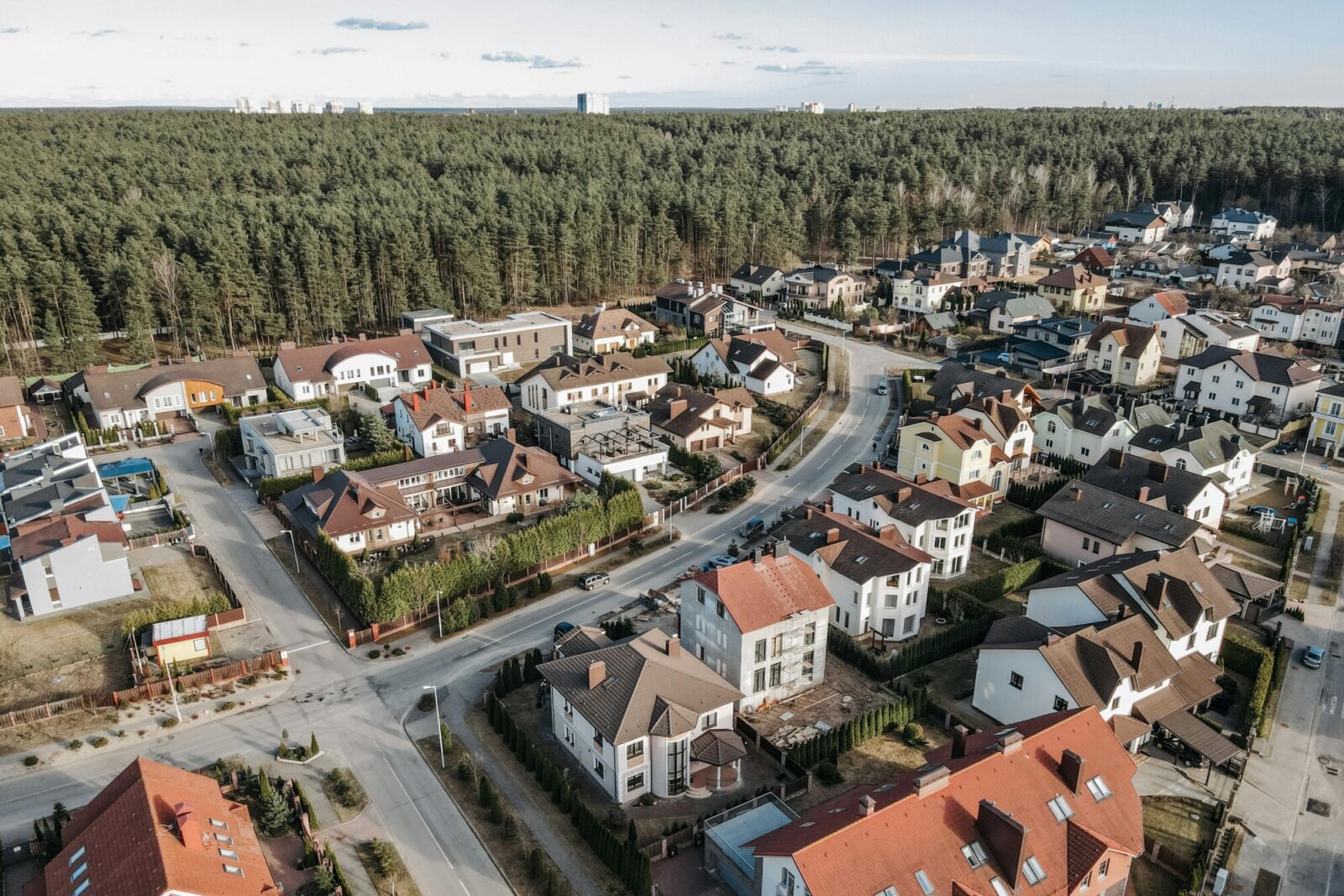Returning Home Checklist
Understanding the risks and staying safe post-wildfire.

Immediate safety precautions
The danger doesn’t end when the wildfire is extinguished. The aftermath can present various hazards, from flash flooding and debris flows to structural instability and compromised trees. Here’s a comprehensive guide to navigate this critical period safely:
- Await official clearance: Do not return to your home or business premises until it’s declared safe by fire officials.
- Beware of flash floods: Wildfires can significantly increase the risk of flash floods, particularly in areas near burned forests or upstream from your location. Avoid these areas to prevent encounters with rapid water and debris flows.
- Emergency communications: Keep a battery-powered radio handy to stay updated with emergency broadcasts, weather alerts, and flash flood warnings.
- Evacuation readiness: Make sure your family is well-acquainted with the evacuation plan, emphasizing the importance of quick and orderly evacuation if needed.
On-site safety precautions post wildfire
- Inspect surroundings with caution: Be extremely cautious around trees, power poles, and other structures that may have been weakened by the fire. High winds can easily topple such compromised structures.
- Maintain a fire watch: Regularly check your property for any signs of residual fires, like smoke or hidden embers, especially in concealed areas like roof gutters.
- Gas safety check: Before conducting a thorough inspection of your property, sniff for gas leaks. If you detect the smell of gas, do not attempt to turn on the power; leave this to professionals.
- Safe inspection practices: When inspecting your home, use a battery-powered flashlight. Ensure it is turned on outside before entering to avoid potential ignition of any leaked gasses.
Utility & consumption safety
- Water use caution: Until authorities confirm the safety of tap water, refrain from using it for drinking or cooking. Wildfires can damage water supply systems, leading to contamination.
- Well inspection: If your property relies on well water, and the well has been exposed to fire, have it inspected by a certified professional to assess and address any damages.
- Food safety: Discard any food items that have been exposed to fire elements, such as heat, smoke, or contaminated water, to avoid health risks.
- Electrical check: If there’s no electricity upon your return, check if the main breaker is turned on. If the power remains off, contact your utility provider for further assistance.
- Propane & heating oil systems: For homes with propane tanks or oil heating systems, shut off the valves and consult your supplier for an inspection before resuming use. Safety checks are crucial to prevent leaks or other hazards.
- Solar power systems: If your home is equipped with solar panels, have them inspected by a licensed technician to ensure that the system is safe and operational post-wildfire.
Returning home post-wildfire: Safety checklist
This checklist provides a detailed guide for safely assessing and entering your home post-wildfire.
